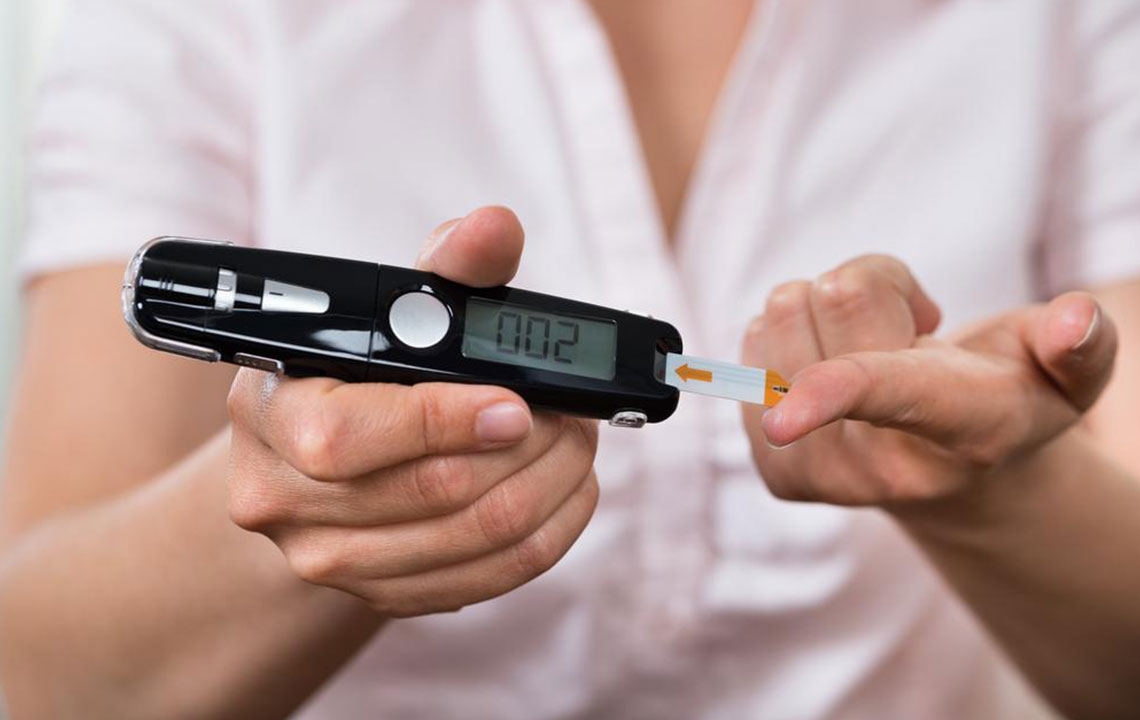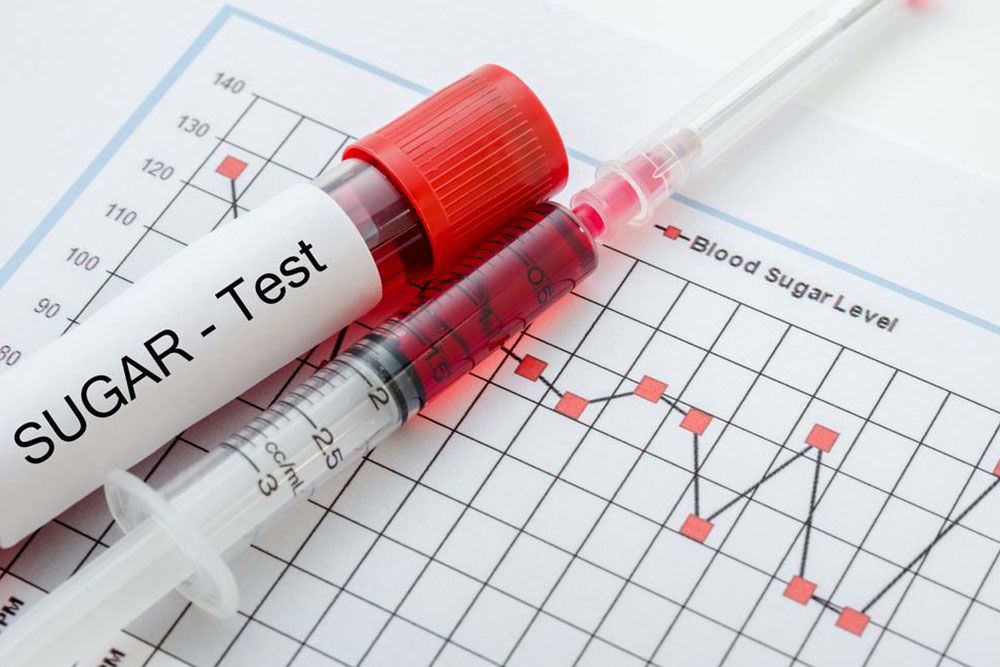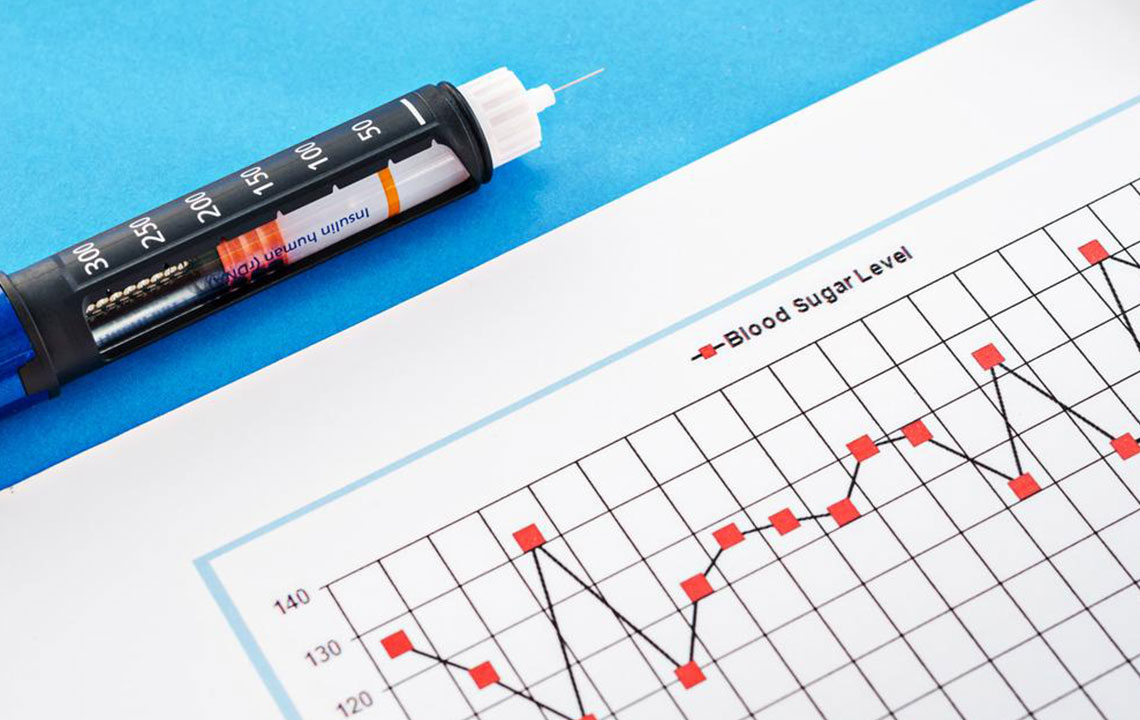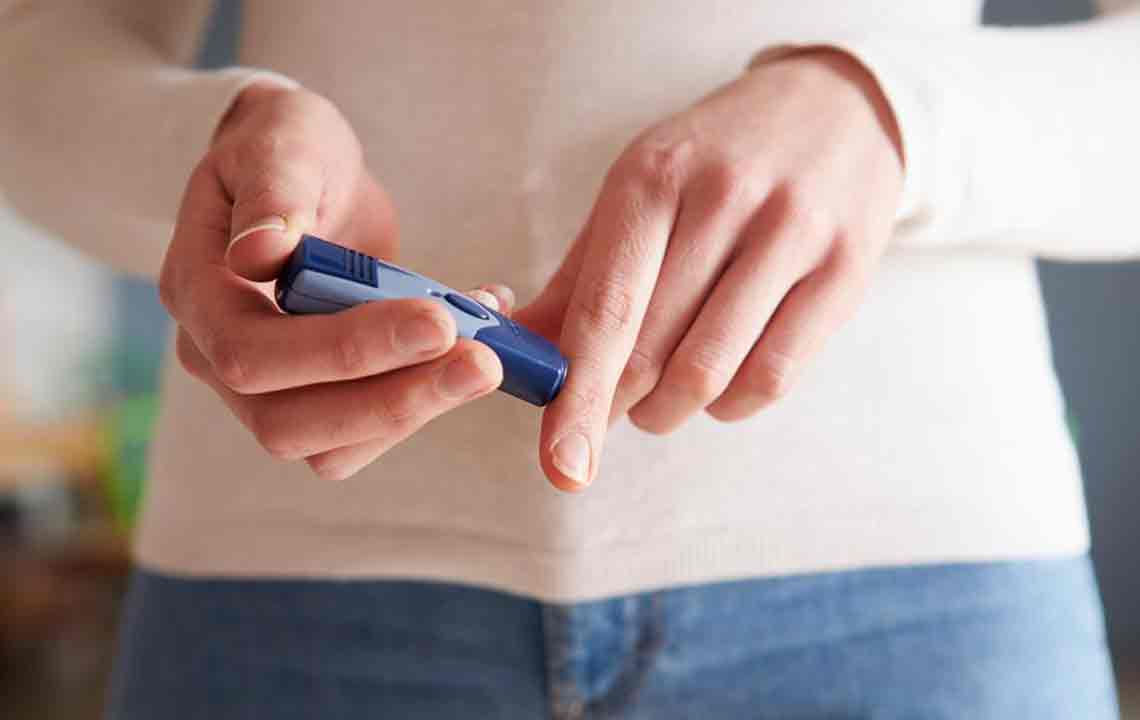Understanding Blood Glucose Levels and Self-Monitoring Techniques
Learn about blood glucose ranges, the importance of self-monitoring, and effective techniques to keep your blood sugar within safe levels. This guide explains normal ranges for diabetics and non-diabetics, symptoms of abnormal levels, and tips for managing blood sugar through testing methods like fingerstick and continuous monitors. Proper understanding and regular monitoring are vital for overall health and diabetes control.

Understanding Blood Glucose Ranges and Methods for Self-Testing
Many people wonder, "What are healthy blood sugar levels?" This question has gained prominence due to the rising incidence of blood sugar abnormalities worldwide. Knowing how to maintain blood sugar within healthy limits is vital for overall health. Blood sugar, also known as blood glucose, refers to the amount of sugar present in your bloodstream, and the terms are often used interchangeably.
Measurements of blood sugar vary globally. For example, Canada and the UK measure it in millimoles per liter (mmol/L), while the US uses milligrams per deciliter (mg/dL).
It's essential to distinguish between normal blood sugar levels for diabetics and non-diabetics.
What is considered a healthy blood sugar level?
The standards differ based on whether a person has diabetes. Generally, normal ranges are slightly different for each group.
Two main types of blood sugar readings:
Fasting blood glucose: A reading below 100 mg/dL is normal. Values between 100-125 mg/dL suggest prediabetes, while readings above 126 mg/dL indicate diabetes.
For post-meal measurements, non-diabetics typically fall within 120-140 mg/dL, while diabetics might have readings between 140-180 mg/dL. These figures are averages; individual needs may vary. Understanding these ranges helps in proper glucose management.
Abnormal blood sugar levels
When blood glucose falls outside normal ranges, it's termed abnormal. High levels result in hyperglycemia, while low levels cause hypoglycemia. Both conditions have distinct health risks and require specific management.
Hyperglycemia (High Blood Sugar)
Blood sugar exceeding normal levels indicates hyperglycemia, a common sign of diabetes. Symptoms include blurred vision, fatigue, frequent urination, headaches, excessive thirst, focus issues, and weight loss. This condition requires regular medical oversight through medication, diet adjustments, and exercise.
Hypoglycemia (Low Blood Sugar)
It occurs when blood glucose drops below normal, leading to symptoms such as anxiety, confusion, dizziness, rapid heartbeat, mood swings, trembling, skin tingling, and nervousness. Prompt treatment is crucial, as severe hypoglycemia can be life-threatening.
Monitoring Blood Sugar Levels
Knowing how to check blood glucose at home complements understanding normal ranges. There are two primary methods:
Fingerstick Blood Test– This quick method involves pricking your finger to obtain blood, which is then tested with a glucose meter using test strips. It provides immediate insights into blood sugar levels.
Continuous Glucose Monitoring (CGM)– CGMs offer ongoing blood sugar readings without repeated finger pricks. They provide accurate, real-time data, but are more expensive. Suitable for those needing frequent monitoring, such as insulin users.
Regular testing, especially for insulin-dependent diabetics, helps track fluctuations. It also guides dietary choices, enabling better blood sugar management and goal-setting to maintain levels within recommended ranges.
Note: The information presented is for educational purposes. Always consult healthcare professionals for diagnosis and treatment. Self-monitoring complements medical advice but is not a substitute for professional care. Our content aims to provide practical knowledge; discrepancies with other sources are possible.










